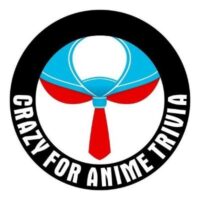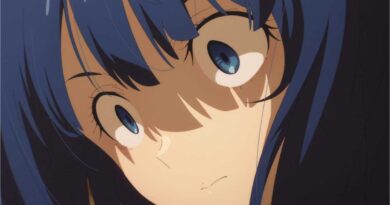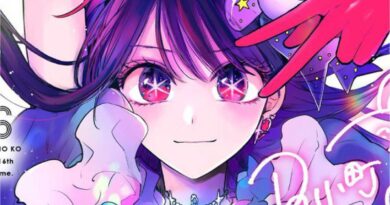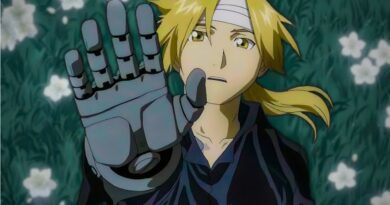Akira Toriyama’s Planning for Dragon Ball

Akira Toriyama is a legend in the world of manga and anime, best known for Dragon Ball. His work in character creation, action scenes, and world building has influenced generations of artists.
However, one of the most curious aspects of his work is his style of narrative planning. Toriyama has always admitted that he preferred to let the story develop naturally, without drawing up detailed scripts in advance.
The official encyclopedia of the franchise, Chōzenshu, has helped clarify this approach over the years. Thanks to the complete translation of the interviews done by Kanzenshuu, we now have a deeper understanding of how Toriyama structured Dragon Ball, from the first chapters to the end of Dragon Ball Z.
Akira Toriyama’s Planning for Dragon Ball
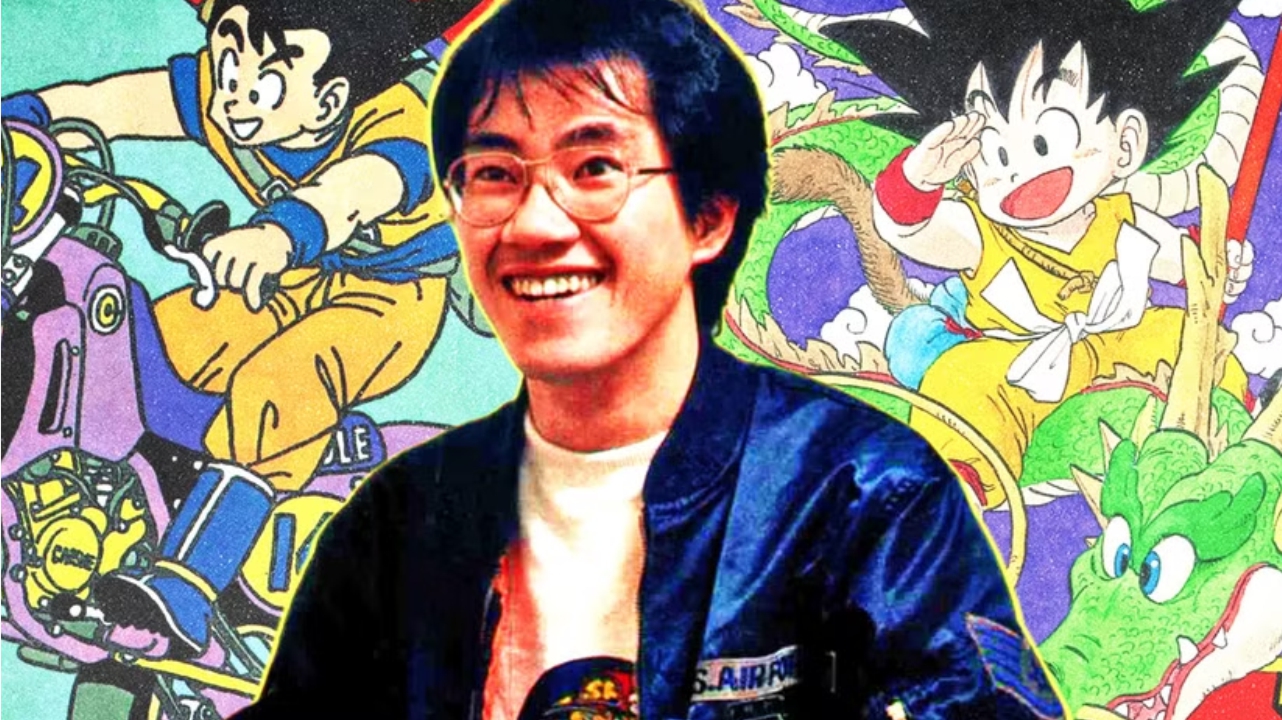
When asked about how he prepared Dragon Ball, Toriyama revealed that he only had three months between the end of the serialization of Dr. Slump and the beginning of Dragon Ball. Because of this, there was no time for planning. Dr. Slump, a humorous manga, ran from 1980 to 1984, and shortly after its conclusion, Dragon Ball began to be published in Weekly Shonen Jump in November 1984.
The idea for Dragon Ball came about at the suggestion of Kazuhiko Torishima, Toriyama’s first editor. He knew of the author’s interest in kung fu films and suggested that he make a manga with that theme. The decision was made quickly, without Toriyama having time to structure the story in advance.
Interestingly, shortly before starting the series, Toriyama took a personal trip to China with Nachi Mikami and his wife. This experience ended up being useful, as it directly influenced the settings and themes of Dragon Ball, which is clearly inspired by “Journey to the West”.
Toriyama’s Spontaneous Narrative
Toriyama wrote Dragon Ball weekly, without a fixed script. This meant that important plot details, such as Goku’s origins as a Saiyan and the winners of the world tournaments, were decided at the last minute. The author himself admitted that he was in suspense while drawing the tournament fights, because even he didn’t know who would win until the very end.
This method also influenced the creation of the characters. For Toriyama, it was easy to create disposable characters, but the ones that became important needed to have memorable characteristics. Inspirations often came from TV shows and movies, as is the case with Future Trunks, who was influenced by “The Terminator”.
Changes to the Androids Arc and Other Adjustments Toriyama’s improvisational style led to several changes in the story. The Androids Arc is one of the best examples of this. Initially, the villains were going to be Dr. Gero and Android 19, but the editors didn’t like the design.

So Toriyama created Androids 17 and 18. However, once again, the editors felt they didn’t look threatening enough, so he introduced Cell. Cell himself went through changes until he reached his final form.
When the Dragon Ball anime began, Toriyama didn’t have much time to closely monitor it. He was involved in casting the voice actors, helping to select Masako Nozawa as the voice of Goku. However, after that, his involvement was minimal. The same was true for the games and films, where he only designed a few characters, such as Broly and Cooler, but didn’t review the scripts.
That changed with Dragon Ball DAIMA. This project saw Toriyama’s much greater involvement, even amidst health issues. He contributed to the story, backgrounds, and designs.
Akira Toriyama’s planning for Dragon Ball was always minimalist. He relied on his ability to write spontaneously and adjust the story as needed. This method resulted in memorable moments, but also inconsistencies. However, it is undeniable that his genius and creativity transformed Dragon Ball into one of the greatest successes in the history of anime.
